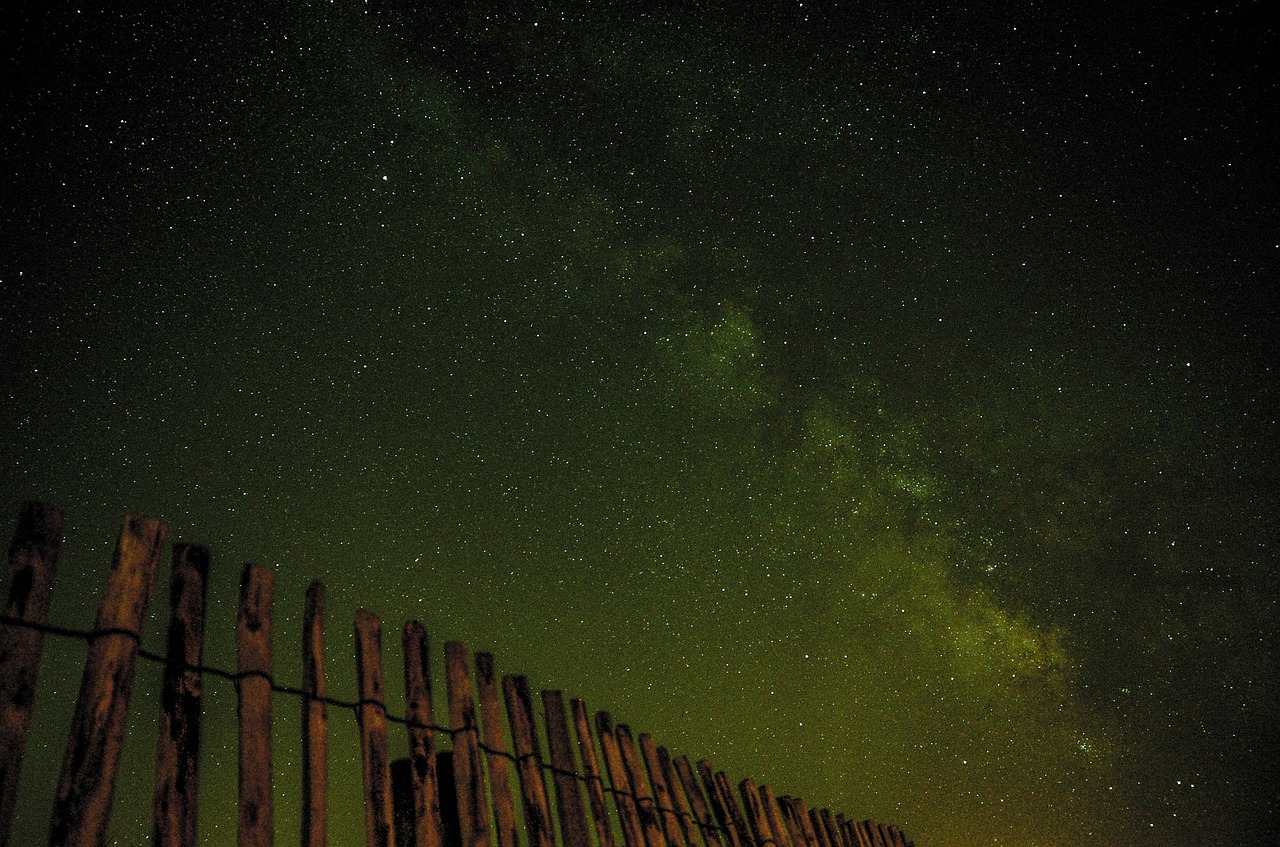While the Kepler spacecraft has been hobbling along since it malfunctioned more than two years ago, the planet-hunting space telescope recently managed to discover yet another new planet, Kepler-452b, and according to NASA officials, it’s the most Earth-like exoplanet we’ve ever discovered.
The National Aeronautics and Space Administration announced the discovery of 452b on July 23 and just a day later, validated the discovery in a report published on their official website.
Kepler-452b, a “Goldilocks” planet, resides in what is known as the habitable zone of the G2-type star it orbits. The habitable zone, an area in which life could theoretically exist, is an area around a star in which liquid water could pool on the surface of an orbiting planet.
Along with the discovery of 11 other new small habitable-zone candidate planets, 452b’s discovery raises the total number of confirmed planets to 1,030.
John Grunsfeld, associate administrator of NASA’s Science Mission Directorate, was quoted in the space administration’s announcement of the recent discovery as having said that the find “brings us one step closer to finding an Earth 2.0.”
On the 20th anniversary year of the discovery that proved other suns host planets, the Kepler exoplanet explorer has discovered a planet and star which most closely resemble the Earth and our sun (…) This exciting result brings us one step closer to finding an Earth 2.0.
Researchers from the Australian National University and the Niels Bohr Institute published a study earlier this year in the journal Monthly Notices of the Royal Astronomical Society suggesting that our galaxy, the Milky Way, might actually contain billions of planets within the Goldilocks-zone.
Kepler-452 system is located in the constellation Cygnus, some 1,400 light-years away from Earth, according to a research paper which has been accepted for publication in The Astronomical Journal.
In relation to our planet, NASA’s Jon Jenkins described the recently discovered exoplanet as Earth’s “older, bigger cousin” which has spent 6 billion more years in its habitable zone than Earth. Jenkins, Kepler data analysis lead at NASA’s Ames Research Center, explained that given the scope of the planet’s presence within the habitable zone of its Sun-esque planet star, the planet has had “substantial opportunity for life to arise, should all the necessary ingredients and conditions for life exist” on the planet.
We can think of Kepler-452b as an older, bigger cousin to Earth, providing an opportunity to understand and reflect upon Earth’s evolving environment (…) It’s awe-inspiring to consider that this planet has spent 6 billion years in the habitable zone of its star; longer than Earth. That’s substantial opportunity for life to arise, should all the necessary ingredients and conditions for life exist on this planet.
While the search for extraterrestrial life continues, NASA chief scientist Ellen Stofan believes that we’ll find “definitive evidence” of alien life within the next 10 to 20 years.
When do you think we’ll find definitive proof of alien life?
























